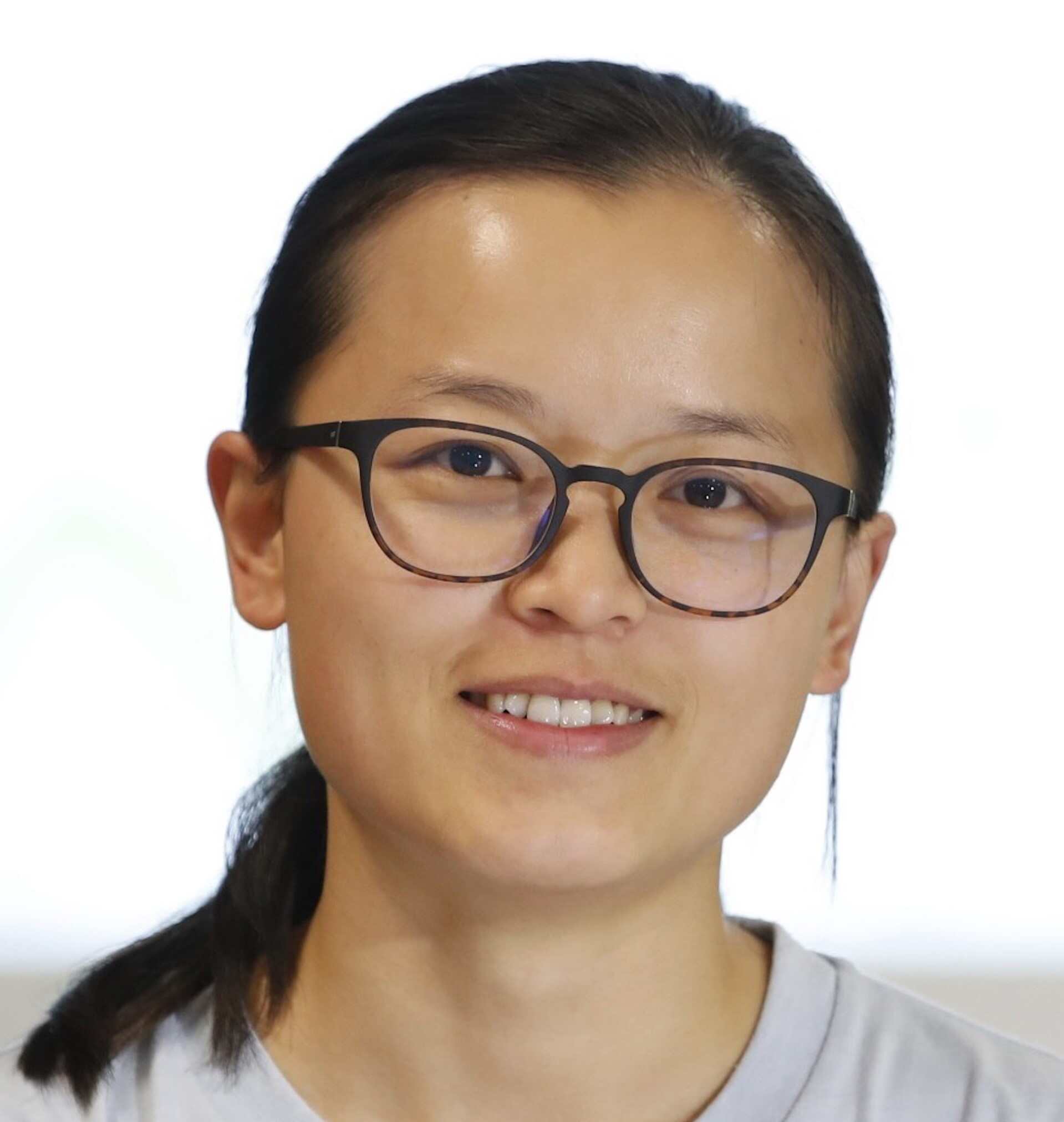Project Aim
This project aimed to measure visual outcomes of people implanted with a bionic eye using a new method called Local Background Enclosure (LBE) compared to an older method called Lanczos2. Testing would be compared both in a lab and in the real world (on a street). The study also aimed to test the safety and effectiveness of the bionic eye 4 years after it was implanted on the project participants.
Project Results and Impact
The project investigated the effectiveness of a new visual processing method, called Local Background Enclosure (LBE), in helping people who had been implanted with bionic eyes to navigate obstacles in both a controlled laboratory environment and a real-world setting. The results showed that LBE performed better than the traditional intensity-based method, called Lanczos2, for detecting low-contrast obstacles, and was also able to detect high-contrast obstacles as well. LBE also outperformed Lanczos2 for detecting objects such as mannequins, overhanging boxes, and large bins, while Lanczos2 was better for detecting ground-based boxes.
In the real-world environment, the bionic eye was also able to detect objects more effectively than a cane or relying on the user’s own body senses. Participants reported that the device helped them navigate their environment with greater confidence and awareness of their surroundings.
The study also monitored the safety and functionality of the bionic eye over a 4-year period, and found that it remained stable and reliable for long-term use, with no adverse impact on participants.
These findings are important for optimising the visual processing strategy and establishing the real-world effectiveness of the Australian bionic eye. The depth-based vision processing method could potentially be incorporated into the bionic eye system to improve navigation. Overall, the study demonstrated the potential of the bionic eye to help people with visual impairments navigate their environment safely and effectively.
Image Courtesy of Anna Carlile
Published peer reviewed journal articles
Lauren Moussallem; Lisa Lombardi; Matthew A. Petoe; Rui Jin; Maria Kolic; Elizabeth K. Baglin; Carla J. Abbott; Janine G. Walker; Nick Barnes; Penelope J. Allen, Navigational outcomes with a depth-based vision processing method in a second generation suprachoroidal retinal prosthesis, ARVO, April 23-27 2023, New Orleans, USA.
Webinar
To watch a webinar presentation about this research click here.

Chief investigator:
Associate Professor Penelope Allen
Centre for Eye Research Australia, Melbourne
Co-investigator/s:
Dr Janine Walker, CSIRO
Dr Matthew Petoe, The Bionics Institute, Melbourne
Professor Nick Barnes, Australian National University, Canberra
Dr Carla Abbott, Centre for Eye Research Australia, Melbourne
Grant awarded:
$39,862 (2022)
Research Impact Reports
Selective Activation of Retinal Bipolar Cells Using Freeform Electrical Stimulation
Project Aim This project explores a new method called freeform...
Development of epigenetic reprogramming technology to treat retinal degeneration
Project Aim This project aims to create a new way...
Characterizing Stargardt Disease Mutations for Splice Intervention Therapeutics
Project Aim The aim of this project was to find...
Virtual Reality Assessment of Functional Vision in achromatopsia
Project Aim This project aimed to develop and validate a virtual reality (VR) mobility task...




